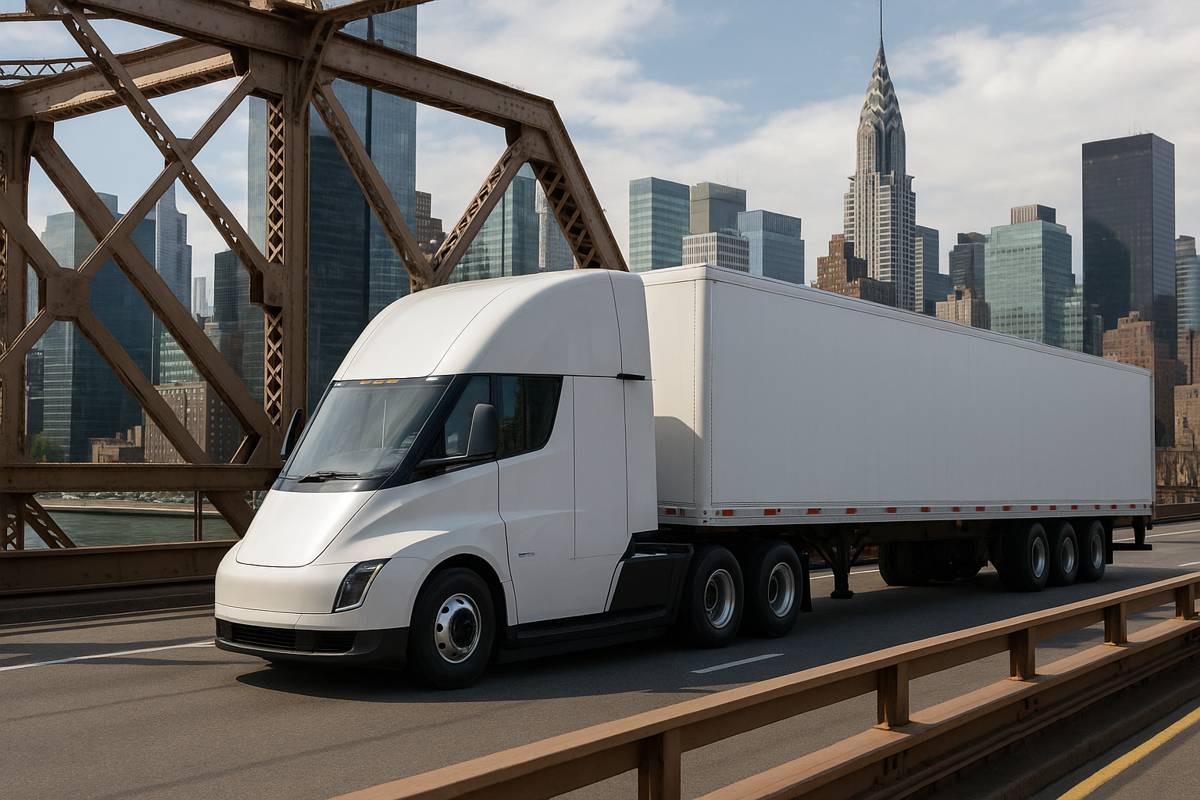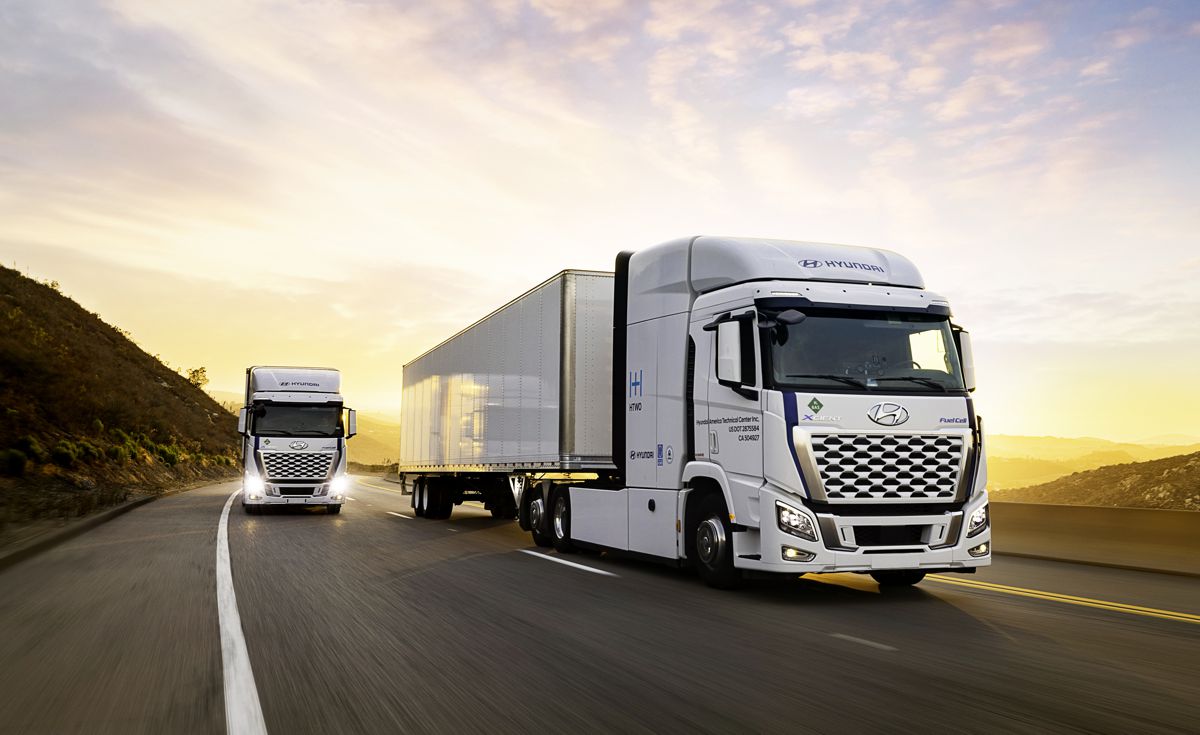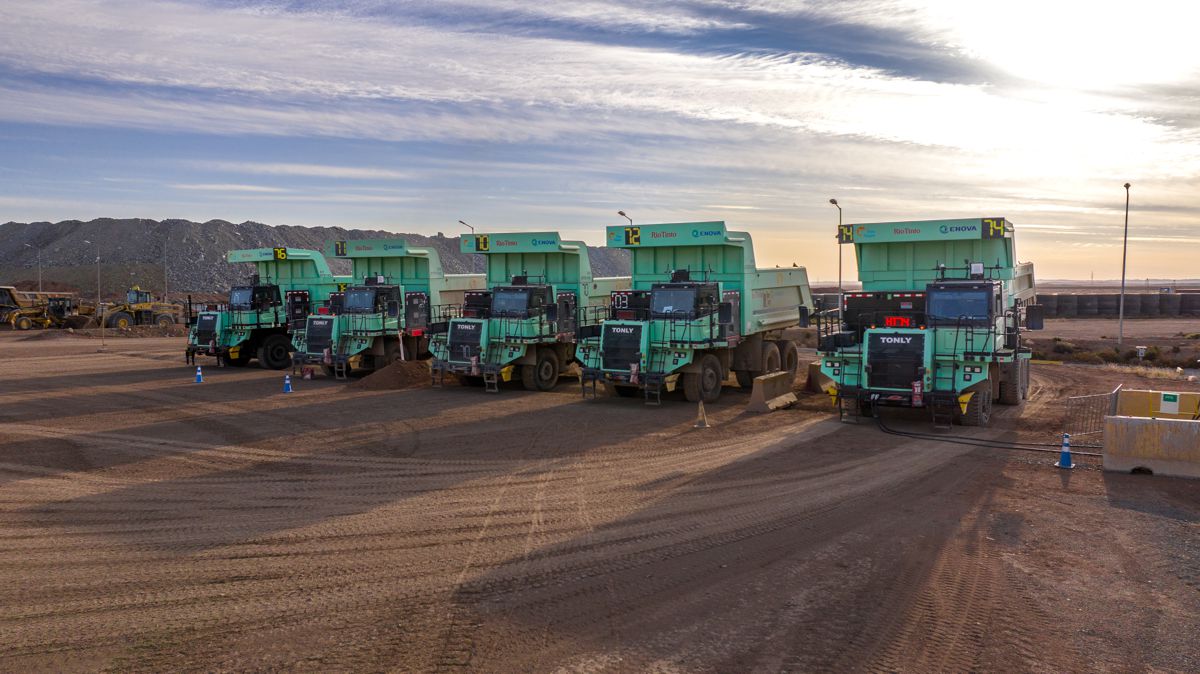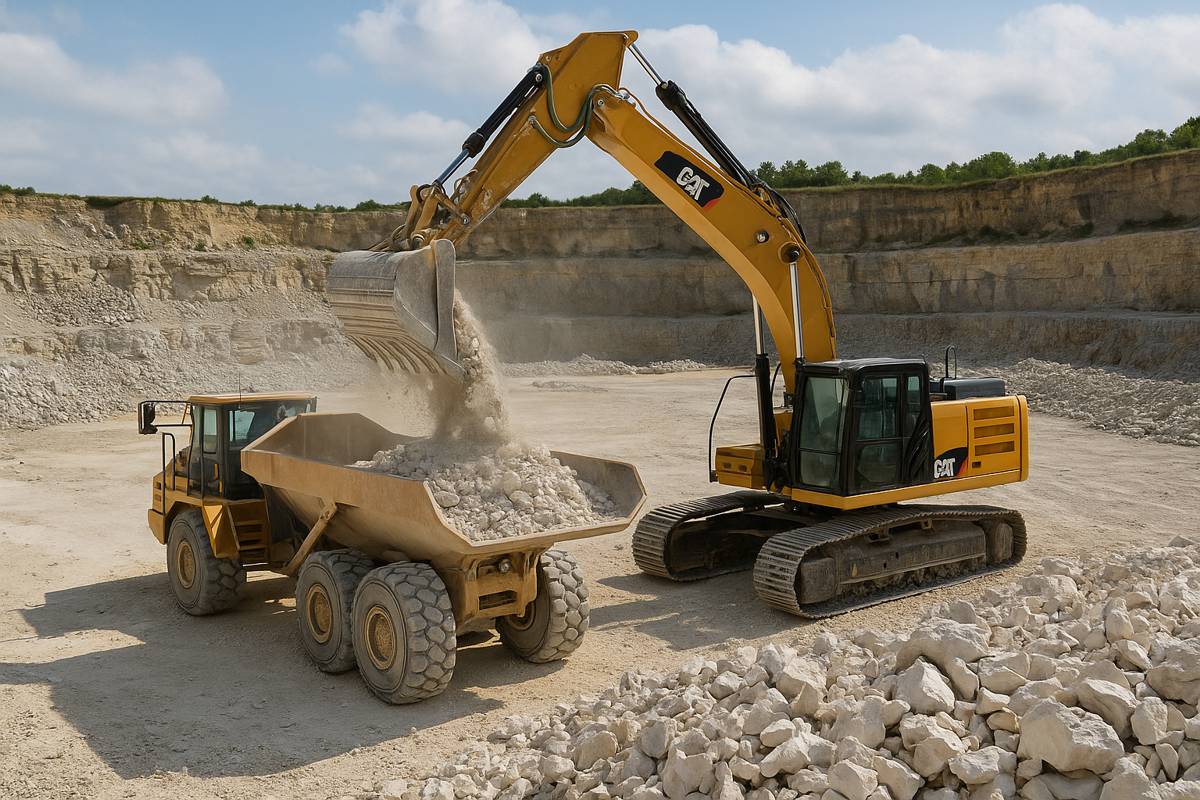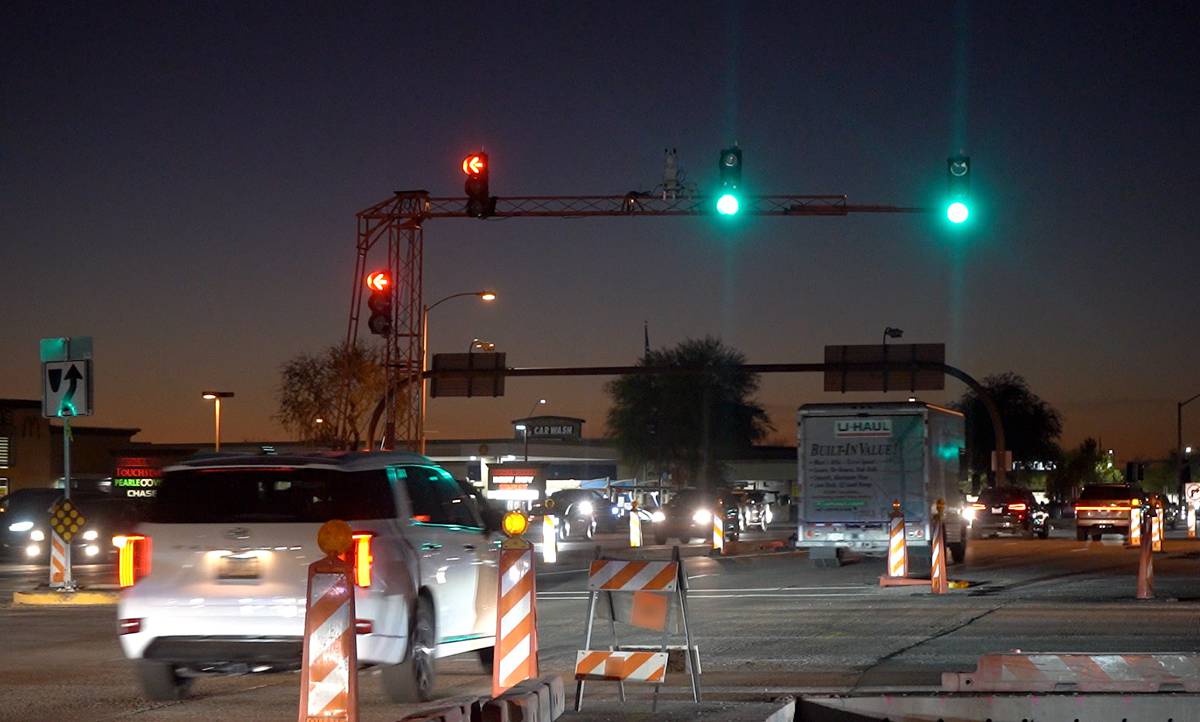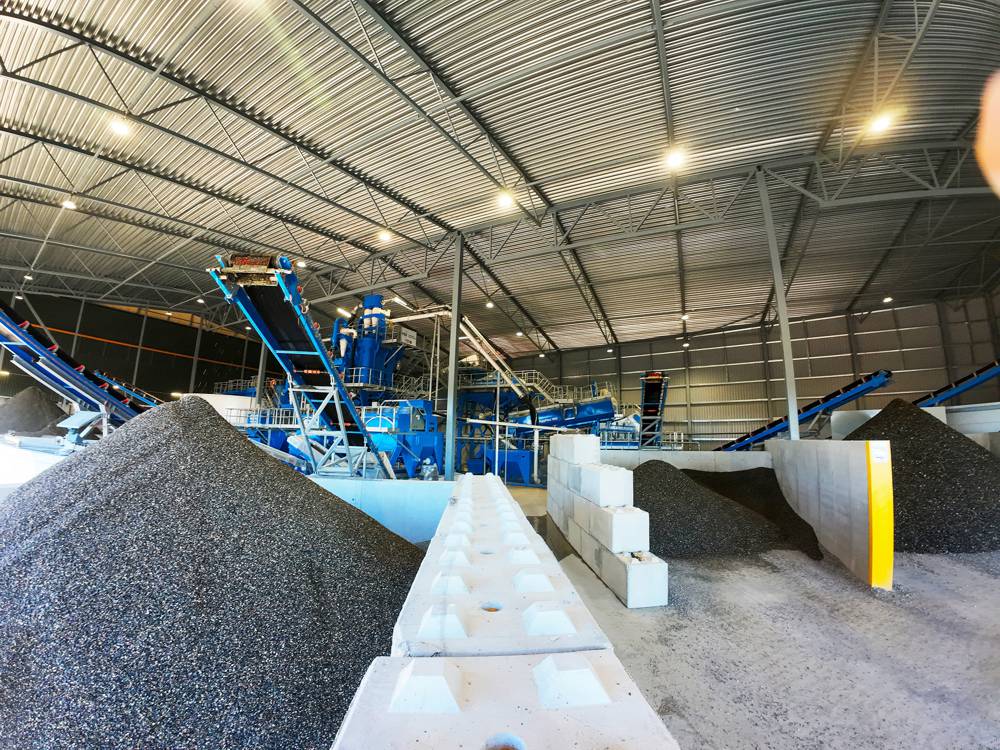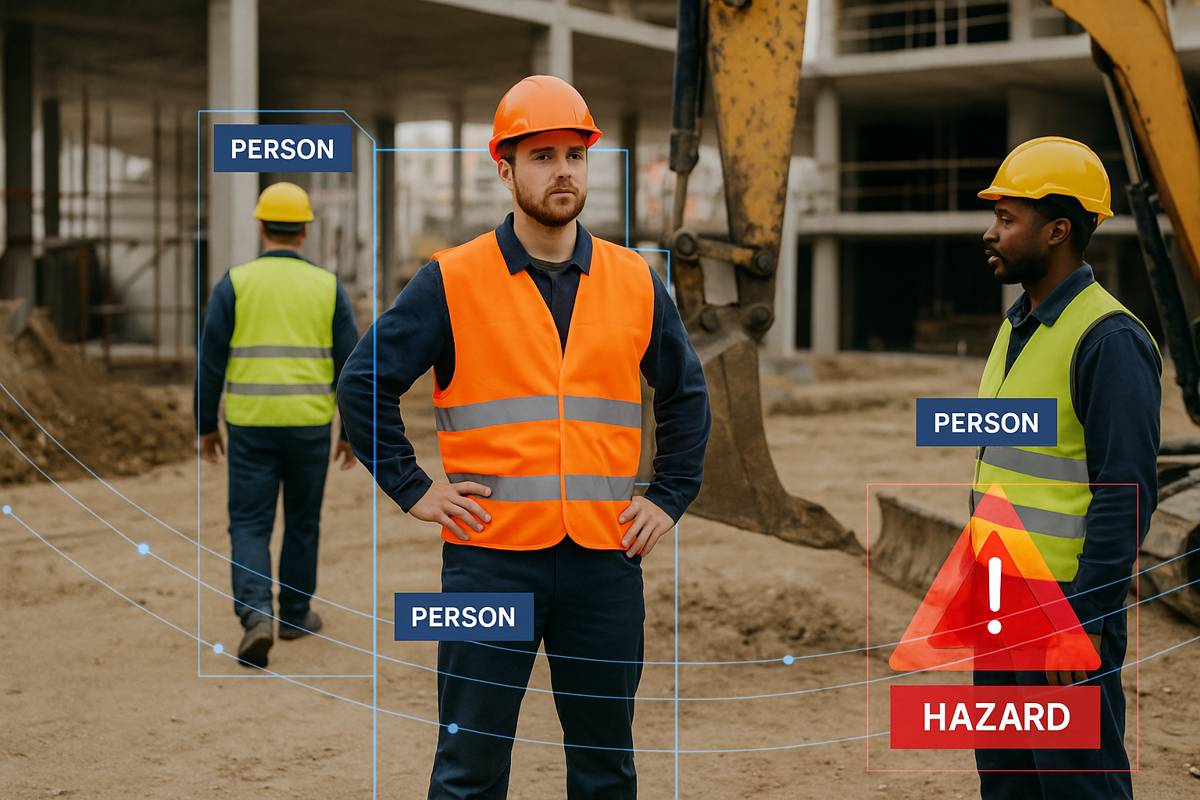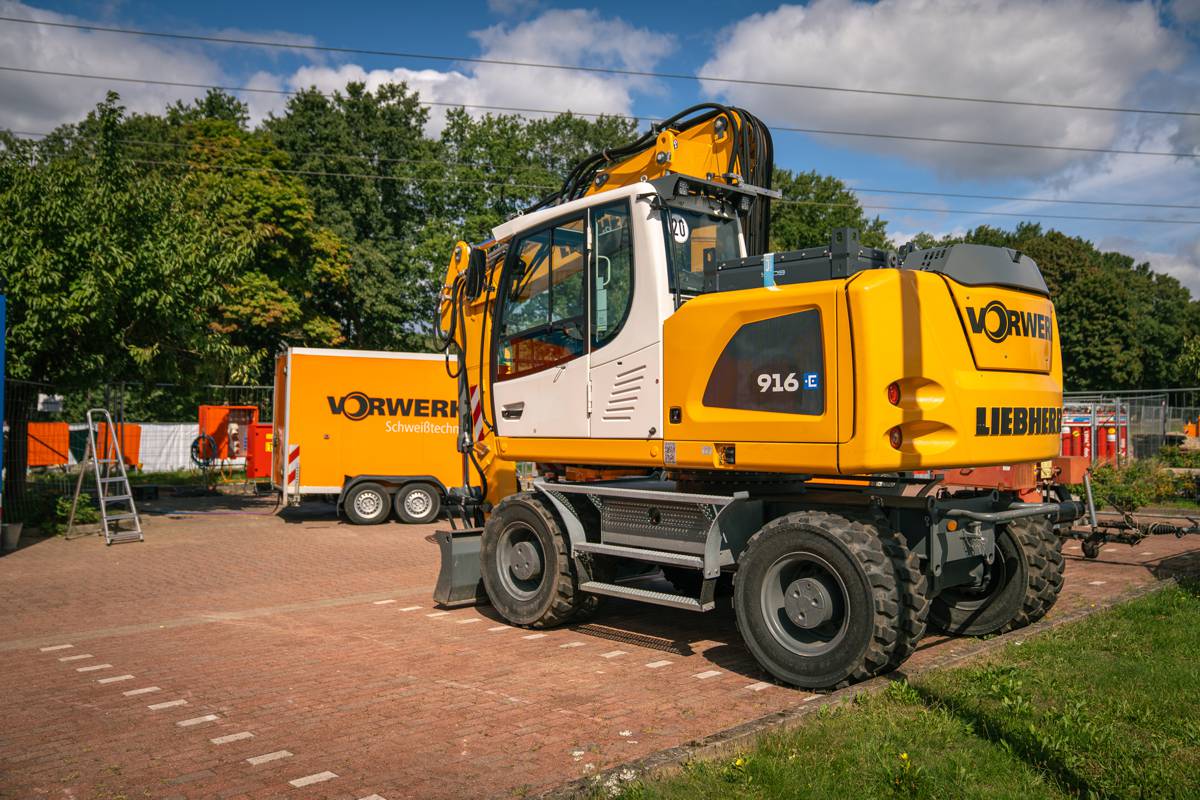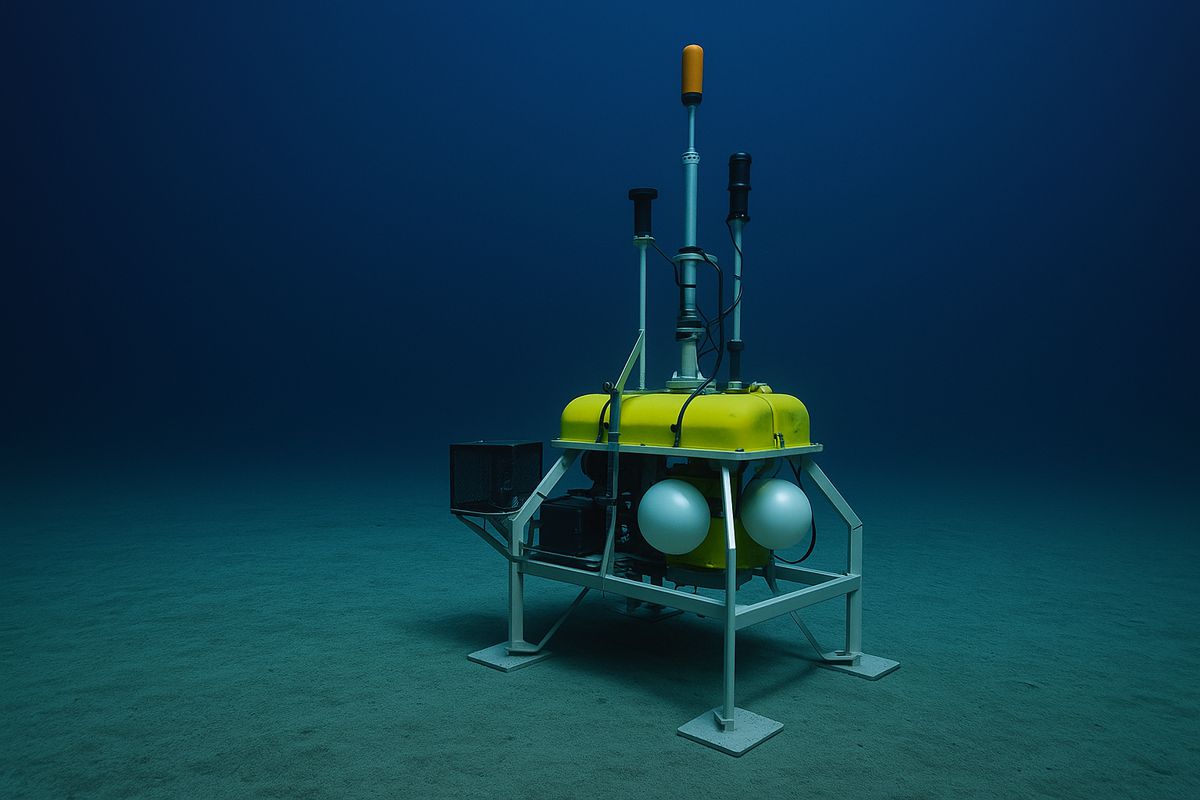The Impact of Heavy Electric Trucks on New York City Roads
New York City’s ageing bridges and roadways are bracing for an unexpected consequence of clean transport. As electric freight trucks roll out to replace diesel fleets, their massive battery packs could bring a new kind of strain to the city’s infrastructure.
A new study from NYU Tandon School of Engineering’s C2SMART research centre warns that this transition, while environmentally vital, could increase annual road and bridge damage costs by up to 12 percent by 2050.
The findings, published in Transport Policy and developed in collaboration with the Rochester Institute of Technology (RIT), highlight the need for smarter planning, adaptive policy, and weight-based regulation to balance sustainability goals with the realities of infrastructure wear.
Quantifying the Impact of Electric Freight
The research, led by Professor Kaan Ozbay and Ph.D. candidate Zerun Liu, reveals a financial imbalance already plaguing New York’s freight network. Oversized trucks currently inflict around $4.16 million in damage every year, while the city recovers only $1.28 million through permit fees. The introduction of heavier electric trucks could widen that gap considerably.
Electric trucks typically weigh between 2,000 and 3,000 pounds more than their diesel counterparts due to their battery systems, and some long-range models can add as much as 9,000 pounds. This additional mass translates directly into more stress on bridges, pavements, and other structures.
Professor Ozbay explained: “As electric vehicles become more common, our city’s infrastructure will face new and changing demands to support this transition. Our framework shows that the city should adapt its planning and fee structures to ensure it can accommodate the costs of keeping bridges and roads safe as a result of more widespread adoption of e-trucks.”
Using New York City’s Overdimensional Vehicle Permits dataset, the researchers modelled future adoption scenarios through 2050. They project a 2.23 to 4.45 percent rise in damage costs by 2030 and between 9.19 and 11.71 percent by mid-century. While technology improvements could reduce battery weights over time, even conservative estimates indicate a measurable impact.
Bridges Bear the Brunt
The study finds that bridges would absorb roughly 65 percent of the extra damage, as they are more sensitive to total vehicle weight than pavements. Pavement deterioration, influenced more by axle load and frequency, would increase gradually but remain secondary to bridge stress.
The geographical breakdown also paints a stark picture. Manhattan, with its dense freight routes and ageing infrastructure, would see the steepest increases in wear. Parts of Brooklyn, Queens, and the Bronx would also face notable impacts. In contrast, Staten Island and the city’s outer perimeters would see relatively minor effects.
Zerun Liu, the study’s lead author, noted: “We found that conventional oversized trucks in New York City already impose more than $4 million in annual damage. With projected adoption of electric trucks, those costs could increase by an additional nearly 12 percent. That gap highlights the urgent need for new strategies to keep infrastructure sustainable.”
Policy Gaps and the Road Ahead
To mitigate future risks, the research team recommends overhauling how the city manages oversized vehicle permits. Currently, flat-rate fees fail to reflect the real damage caused by different truck configurations. The study proposes a flexible, weight-based system that aligns fees with actual infrastructure costs while still incentivising sustainable freight transitions.
Other recommendations include:
- Expanding weight monitoring on high-risk corridors, particularly in Manhattan.
- Incorporating electric truck projections into long-term maintenance and capital improvement plans.
- Using the newly developed susceptibility index to prioritise vulnerable roads and bridges for reinforcement.
These measures, the researchers argue, would help prevent expensive emergency repairs and ensure that New York’s infrastructure evolves in step with its sustainability agenda.
Lessons for Other Cities
Although the study focuses on New York, the challenge is global. Both the United States and European Union are adjusting their weight limits to accommodate electric freight vehicles, creating similar pressures on infrastructure. EU regulations permit zero-emission trucks to exceed traditional weight limits by up to 9,000 pounds, while the US allows an additional 2,000 pounds.
The C2SMART team’s framework provides a model that other cities can adapt. It combines freight data, damage modelling, and emissions reduction metrics to guide policymakers in balancing environmental and structural sustainability.
Ozbay added: “The proposed methodological framework can provide actionable insights for policymakers to ensure infrastructure longevity and safety as e-truck adoption grows.”
Balancing Sustainability with Infrastructure Longevity
Despite the potential financial strain, the report reinforces that electrifying freight remains essential for cleaner air and reduced emissions. The researchers estimate that widespread electrification could prevent over 2,000 tons of carbon dioxide emissions annually, improving both air quality and public health across the five boroughs.
Battery technology is also evolving rapidly. Lighter and more energy-dense batteries are expected to reduce truck weights in future models, mitigating part of the predicted damage increase. Meanwhile, infrastructure upgrades under federal and state funding programmes could help offset the additional stress.
The study underscores that the transition to electric freight is not just an environmental challenge but an engineering one. It calls for integrated planning that brings together transport policy, infrastructure finance, and technological innovation.
A Smarter, Cleaner, and More Resilient Future
As New York steers toward a greener transport system, the findings act as a timely reminder that sustainability doesn’t end with electrification. True progress means designing infrastructure that can bear the literal and figurative weight of the clean energy revolution.
The collaboration between NYU Tandon, RIT, and the US Department of Transportation’s University Transportation Centres Programme reflects a growing awareness of this need. Their work offers a roadmap for cities worldwide to prepare for heavier yet cleaner freight movement without compromising safety or durability.
The authors of the study include Professor Kaan Ozbay, Zerun Liu, Jingqin Gao, Tu Lan, and Zilin Bian, whose combined expertise in civil engineering, urban systems, and transport policy provides a comprehensive perspective on this pressing issue.
The message is clear: a sustainable city requires not only clean vehicles but strong, intelligent infrastructure to support them.
